Animals with having special Regenerative ability
Animals with having special regenerative ability possess unique abilities that allow them to regrow lost or damaged body parts. These remarkable creatures include sea slugs, sea cucumbers, and axolotls, each demonstrating fascinating regenerative capabilities.
Sea Slugs
One of the most extraordinary examples of regeneration in the animal kingdom is found in the sea slug Elysia marginata. This species can completely regenerate its body after decapitation.
When faced with parasitic infections or severe damage, Elysia marginata can sever its head from its body. Remarkably, the detached head continues to survive, crawling and feeding on algae, from which it extracts chloroplasts to harness solar energy. Over time, the sea slug’s head regenerates an entirely new body, although the abandoned body, while remaining alive for a short period, cannot regenerate a new head.

Sea Cucumbers
Sea cucumbers also possess extraordinary regenerative abilities. These marine invertebrates, which resemble slugs, inhabit the ocean floor and feed on organic matter.
When threatened, sea cucumbers can perform evisceration, a process where they expel their internal organs to deter predators. Amazingly, they can regenerate these lost organs, restoring their full functionality over time.
This ability not only serves as a defense mechanism but also highlights their regenerative prowess.
Axolotls
Among vertebrates, the axolotl, a type of amphibian native to Mexico, stands out for its exceptional regenerative abilities. Axolotls can regrow entire limbs, repair their spinal cords, and regenerate parts of their hearts and eyes. What sets axolotls apart is the quality of their regenerated tissues; the new tissue is virtually identical to the original, a trait not commonly found in other organisms. This regeneration occurs as the axolotl’s matured tissues revert to an undifferentiated state, similar to stem cells, which then develop into the necessary body parts. Axolotls can repeat this process indefinitely, making them a key model organism for scientific research on regeneration. However, despite their regenerative abilities, axolotls face a critical threat to their natural habitat, now limited to a few areas near Mexico City.
Additional Examples
–Planarians
Flatworms like planarians are known for their remarkable regenerative abilities. They can regrow entire bodies from just a small fragment of their tissue. A cut planarian can regenerate a new head, tail, and other body parts, making it a subject of intense study in regeneration research.
–Starfish
Starfish can regenerate lost arms, and in some cases, an entire starfish can regrow from a single severed limb. This ability helps them recover from predation and injuries.
– Lizards
Certain lizard species can regrow their tails when lost to predators. The new tail is usually made of cartilage rather than bone, but it provides a functional replacement that helps the lizard survive.
These animals, with their unique regenerative powers, continue to captivate scientists and researchers, offering insights into the possibilities of regenerative medicine and the potential for healing in other species, including humans.Certainly! Here are additional examples of animals with remarkable regenerative abilities,
Explained In Detail
Planarians
Planarians are a type of flatworm known for their exceptional regenerative capacity. These creatures can regenerate any part of their body, including their head, tail, and even internal organs. If a planarian is cut into pieces, each piece can grow into a complete, fully functional organism. This remarkable ability is due to their large number of pluripotent stem cells, known as neoblasts, which can differentiate into any cell type required for regeneration. Planarians are often used in studies of regeneration and stem cell biology because of their simplicity and regenerative prowess.
Starfish (Sea Stars)
Starfish, or sea stars, are well-known for their ability to regenerate lost arms. If a starfish loses an arm due to predation or injury, it can regrow the arm over time. In some species, a single lost arm can regenerate into a whole new starfish, provided a portion of the central disc is attached to the arm. This regenerative process is slow but highly effective, involving the growth of new tissue, muscles, nerves, and even the starfish’s unique hydraulic system, which allows for movement and feeding.
Lizards
Several species of lizards, such as geckos and anoles, have the ability to regenerate their tails when they are lost due to predation or injury. The regenerated tail is often not as perfect as the original; it is usually composed of cartilage rather than bone and may differ in coloration and texture. However, the ability to regrow a tail can be crucial for a lizard’s survival, allowing it to escape predators and continue living. This process involves the formation of a blastema, a mass of undifferentiated cells that forms at the site of the lost tail and eventually grows into a new tail.
Salamanders
Salamanders, like the axolotl, are famous for their regenerative abilities. Beyond just regrowing limbs, salamanders can regenerate their spinal cord, retina, heart, and even parts of their brain. This capability is particularly advanced among vertebrates and involves a complex process of dedifferentiation, where cells at the site of injury revert to a stem cell-like state, followed by proliferation and differentiation into the required tissues. Researchers study salamanders extensively to understand how such complex regenerative processes can be applied to human medicine.
Deer
While not commonly discussed in the context of regeneration, male deer (bucks) exhibit a form of regenerative ability when they regrow their antlers annually. Antlers are among the fastest-growing tissues in the animal kingdom, capable of regenerating at a rate of up to an inch per day during the peak growth period. This process involves rapid cell proliferation and differentiation, supported by a rich supply of blood vessels. Although antlers are not internal body parts, this regenerative process is of great interest to scientists studying tissue regeneration and growth.
Sponges
Sponges are one of the simplest multicellular organisms, yet they have an extraordinary ability to regenerate. If a sponge is broken into tiny pieces, each fragment can reorganize itself and grow into a fully functional new sponge. This process, called somatic embryogenesis, involves the cells of the sponge reaggregating and differentiating to form a new organism. Sponges have no complex tissues or organs, which allows them this incredible regenerative flexibility.
Zebrafish
Zebrafish, a small freshwater fish, are another vertebrate with significant regenerative abilities. They can regenerate their fins, heart, and even parts of their brain and spinal cord. When a zebrafish’s heart is damaged, the surrounding heart cells begin to proliferate, filling in the damaged area with new, functional heart tissue. This regenerative ability has made zebrafish a popular model organism for studying heart disease and regeneration in humans.
Flatworms
Flatworms, similar to planarians, also possess remarkable regenerative abilities. They can regenerate entire bodies from small fragments of their tissue. Flatworms can even restore complex organs and structures, making them a subject of extensive research in the field of regenerative biology. This ability is largely attributed to their neoblast cells, which are pluripotent and capable of giving rise to all cell types in the organism.
These animals showcase the incredible diversity of regenerative abilities found in nature, each offering unique insights into the potential for healing and regrowth in living organisms. Understanding these processes could one day lead to breakthroughs in regenerative medicine for humans.
Engage with Us:
Stay tuned for more captivating insights and News. Visit our Blogs and Follow Us on social media to never miss an update. Together, let’s unravel the mysteries of the natural world.

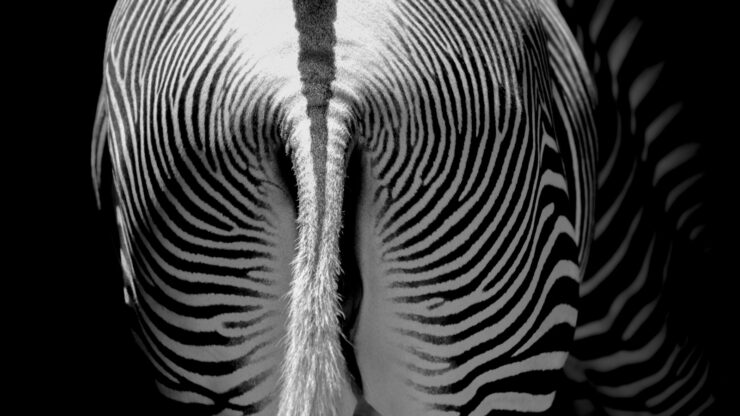
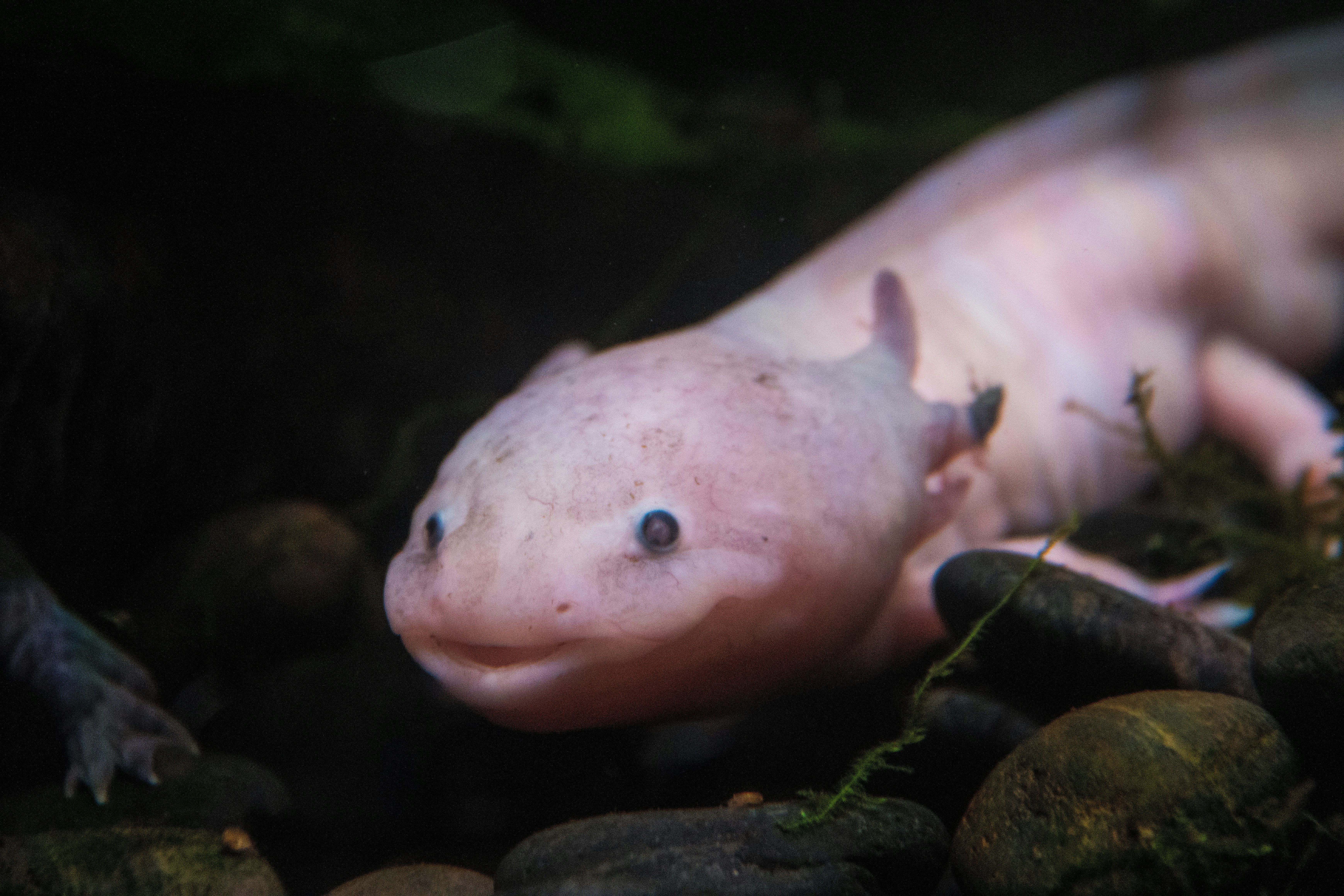
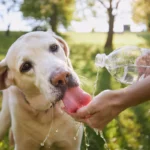
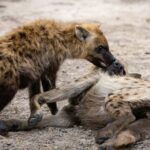
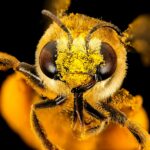


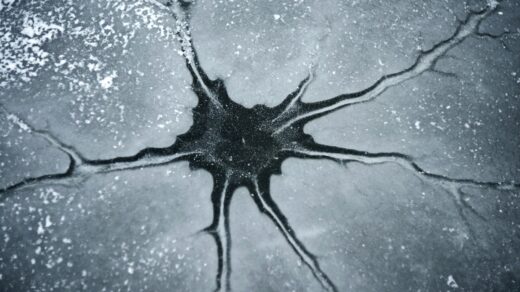
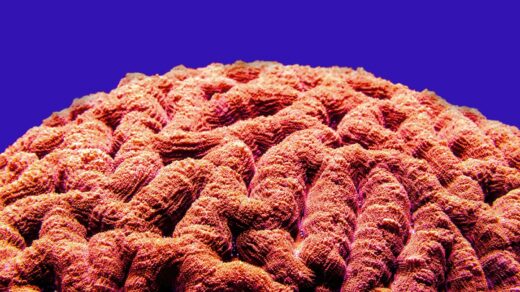
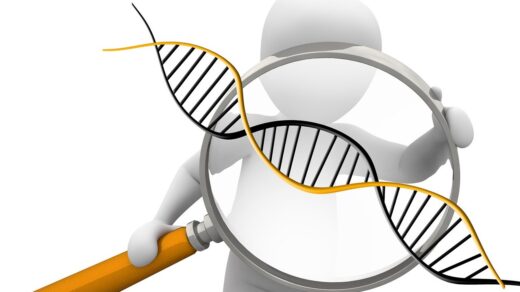
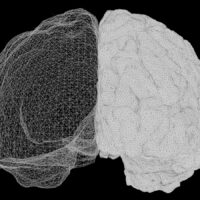

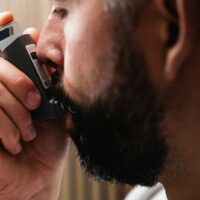
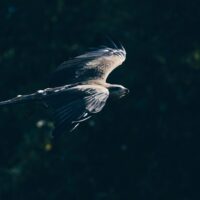
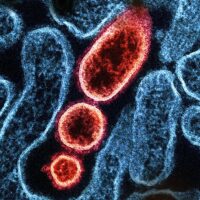




1 Response
[…] fuscus—showed even higher levels of this enzyme, which lines up with the general trend: smaller animals often have more active telomerase than bigger […]